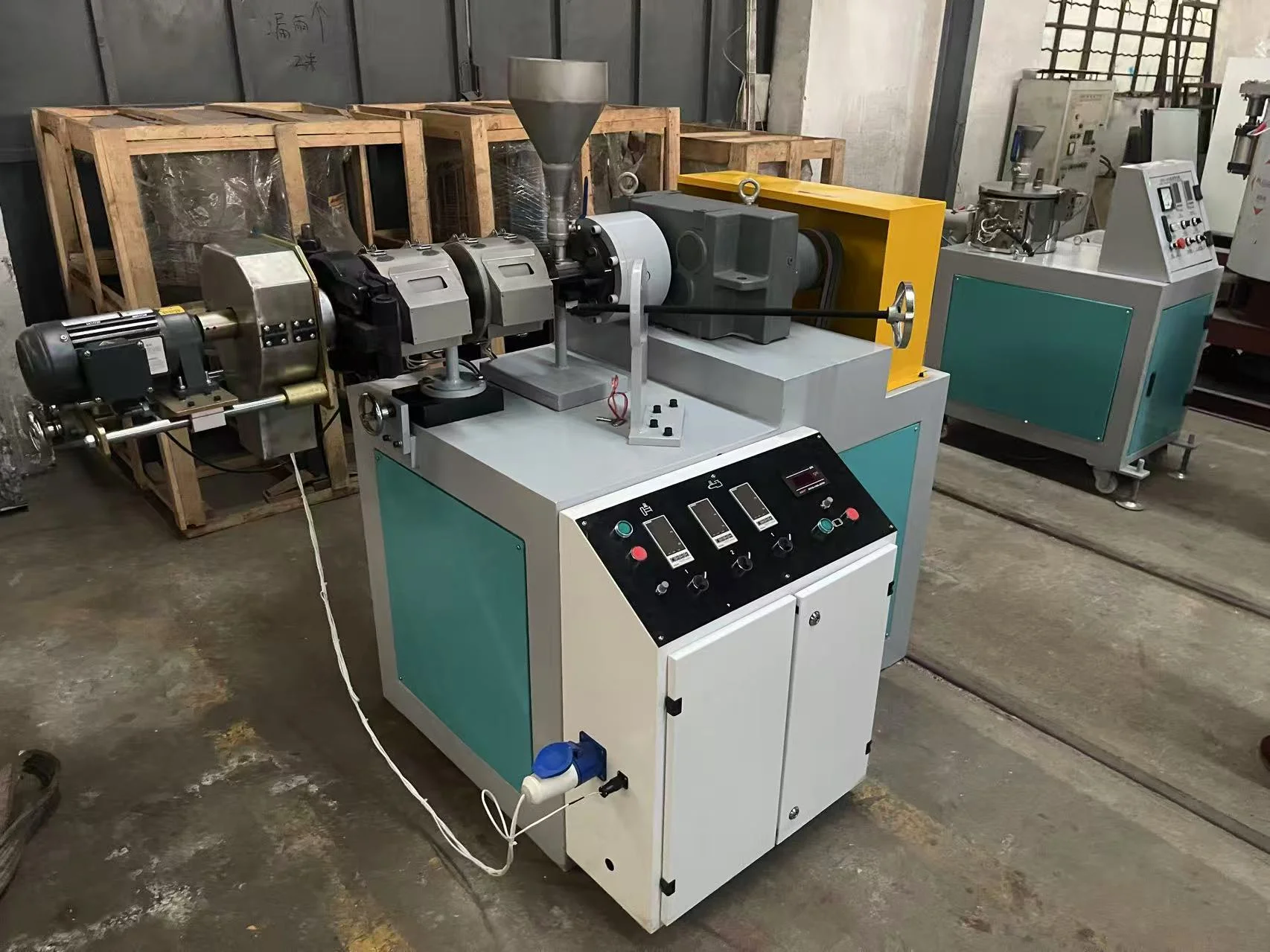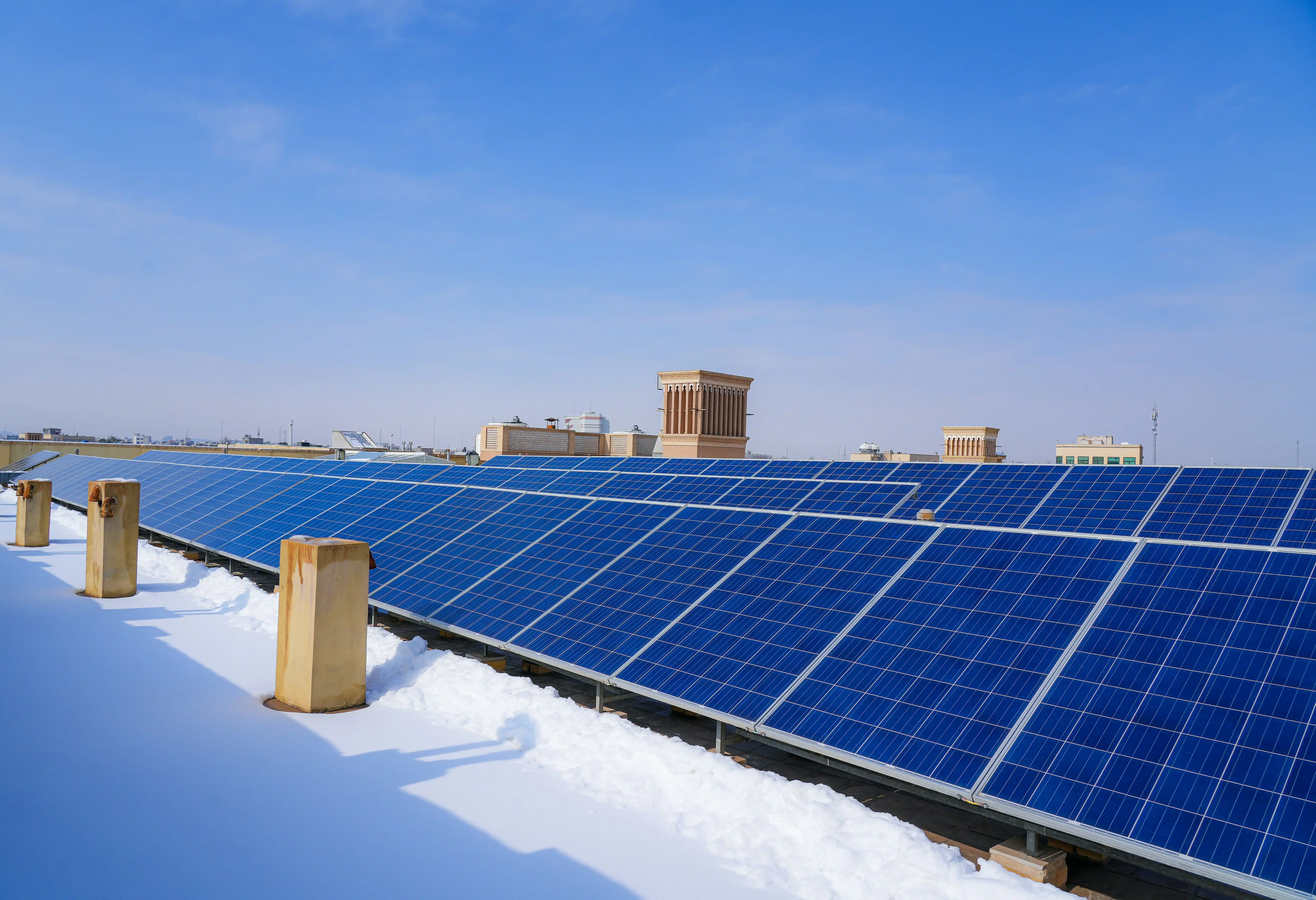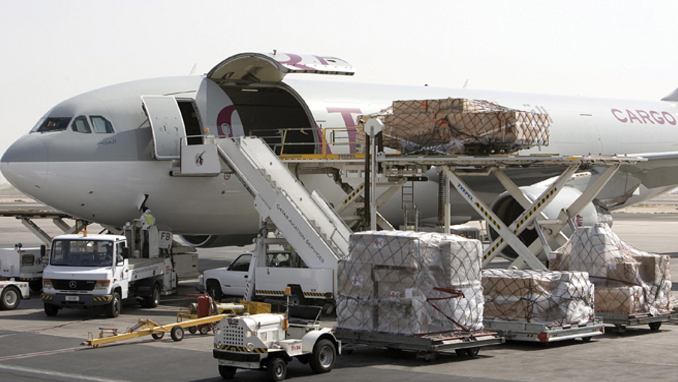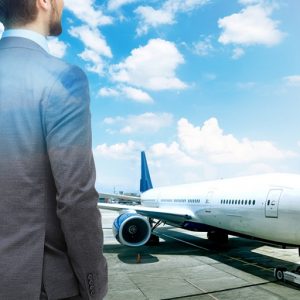Aeroplanes have revolutionized the way we travel, connecting distant places and making the world more accessible. However, like any other technological advancement, aeroplanes also come with their fair share of disadvantages. In this blog post, we will delve into the various challenges associated with aeroplanes, shedding light on their environmental impact, safety concerns, and economic implications.
- Environmental Impact:
While aeroplanes offer convenience and speed, they contribute significantly to environmental pollution. The burning of aviation fuel releases greenhouse gases, such as carbon dioxide and nitrogen oxides, into the atmosphere, contributing to climate change. Additionally, the noise pollution caused by aircraft engines can disrupt ecosystems and affect the well-being of nearby communities. - Safety Concerns:
Despite rigorous safety measures, aeroplanes are not immune to accidents. Mechanical failures, human errors, and adverse weather conditions can all lead to catastrophic incidents. Although air travel is statistically safer than other modes of transportation, the consequences of accidents involving large passenger planes can be devastating. Ensuring the highest level of safety remains a constant challenge for the aviation industry. - Economic Implications:
Aeroplanes have undoubtedly facilitated global trade and tourism, but they also have economic drawbacks. The high costs associated with aircraft manufacturing, maintenance, and operation can pose financial challenges for airlines. Moreover, fluctuating fuel prices and unpredictable market conditions can impact profitability. Additionally, the COVID-19 pandemic has highlighted the vulnerability of the aviation industry to external shocks, leading to significant financial losses and job cuts. - Infrastructure and Congestion:
The growth of air travel has put immense pressure on airport infrastructure. The demand for more runways, terminals, and air traffic control systems has strained resources and led to congestion at major airports. This congestion not only affects the efficiency of air travel but also increases the risk of delays and disruptions. Expanding and upgrading infrastructure to meet the ever-increasing demand remains a constant challenge.
Conclusion:
While aeroplanes have undoubtedly transformed the way we travel, it is essential to recognize and address their disadvantages. From environmental concerns to safety issues, economic implications, and infrastructure challenges, the aviation industry must strive for sustainable solutions. By acknowledging these drawbacks and working towards mitigating them, we can ensure a safer, greener, and more efficient future for air travel.









+ There are no comments
Add yours